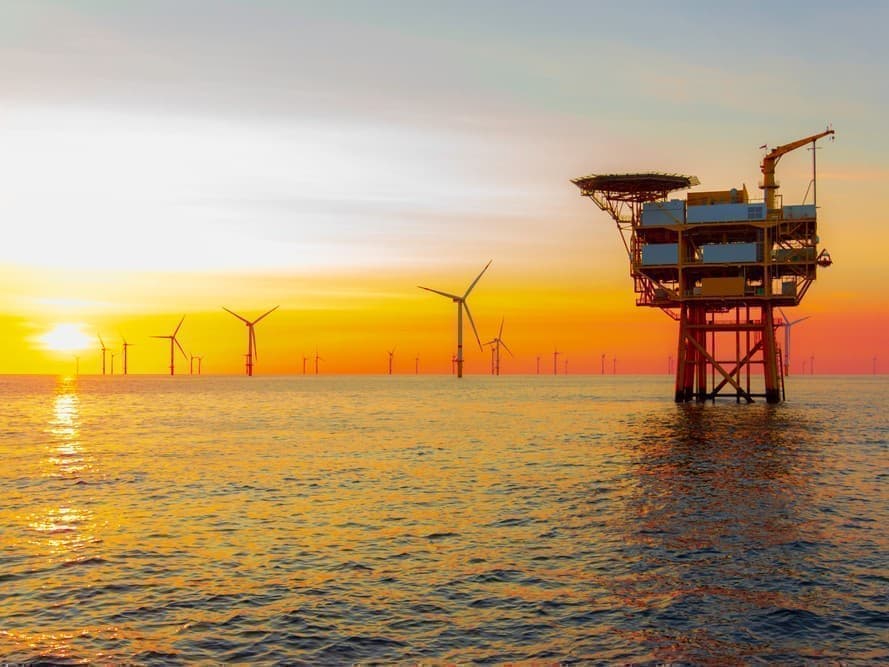
The United Kingdom has transformed its energy landscape over the past two decades, emerging as a leading global producer of wind power. This rapid development has been driven by significant government investments aimed at enhancing renewable energy sources and modernizing the national grid. As a result, the U.K. wind sector is poised for continued growth, with projections indicating substantial expansions in the coming years.
Impact on Energy Costs
Recent studies highlight that the increase in wind energy capacity has played a crucial role in reducing consumer energy bills. Currently, the U.K. boasts approximately 15.7 GW of installed wind power capacity, which has contributed to lower prices for electricity. This trend has been particularly beneficial for households and businesses alike, as the nation shifts towards more sustainable energy sources.
The financial implications of this transition are significant. According to a report from the UK Energy Research Centre, the expansion of wind energy is projected to save consumers an estimated £1.4 billion annually by 2025. These savings stem from a decrease in wholesale energy costs, as wind power becomes a more integral part of the energy mix.
Future Prospects for Wind Energy
Looking ahead, the U.K. government has set ambitious targets for renewable energy generation. Plans include increasing offshore wind capacity to 40 GW by 2030. This objective aligns with the broader commitment to achieve net-zero carbon emissions by 2050. As part of this strategy, investment in wind energy technology and infrastructure is expected to reach unprecedented levels.
Industry leaders emphasize the vital role that wind energy will play in the country’s energy future. Rebecca Williams, the Chief Executive of the Renewable Energy Association, stated, “The growth of wind energy not only supports our climate goals but also provides a pathway to more affordable energy for everyone.”
As the U.K. continues to harness the power of wind, the implications extend beyond just energy costs. The sector is anticipated to create thousands of jobs, particularly in coastal regions where many offshore wind farms are located. This aligns with local economic development goals, boosting employment and stimulating growth in related industries.
In conclusion, the United Kingdom’s commitment to expanding its wind energy sector is reshaping the energy market and delivering tangible benefits to consumers. With ongoing investments and a clear vision for the future, the U.K. is well-positioned to remain a leader in the global transition towards sustainable energy.







